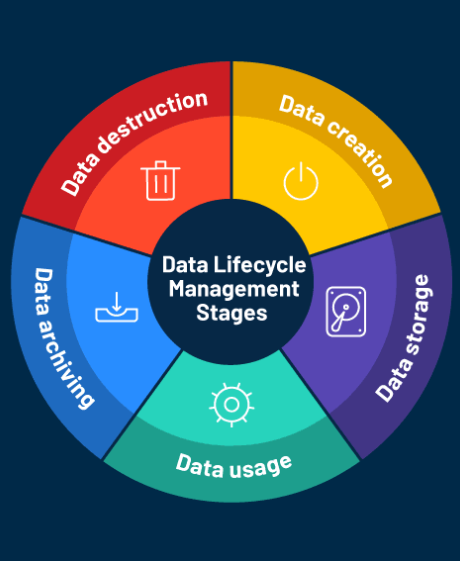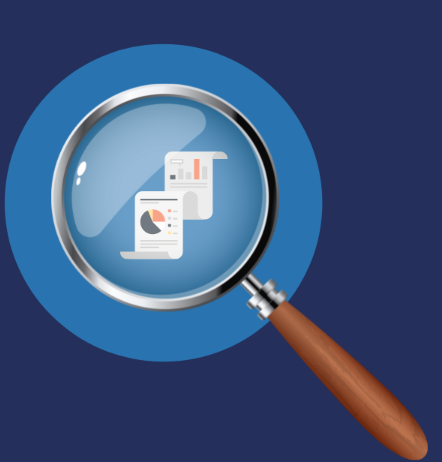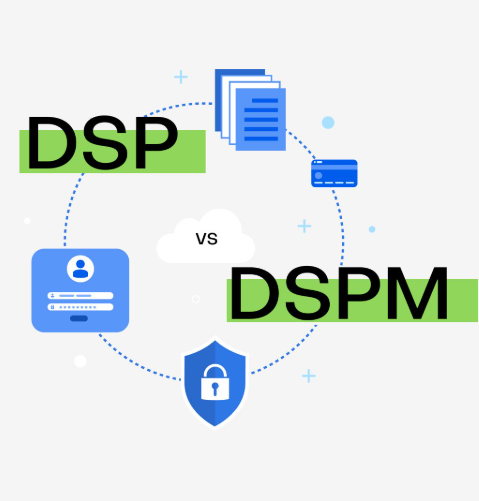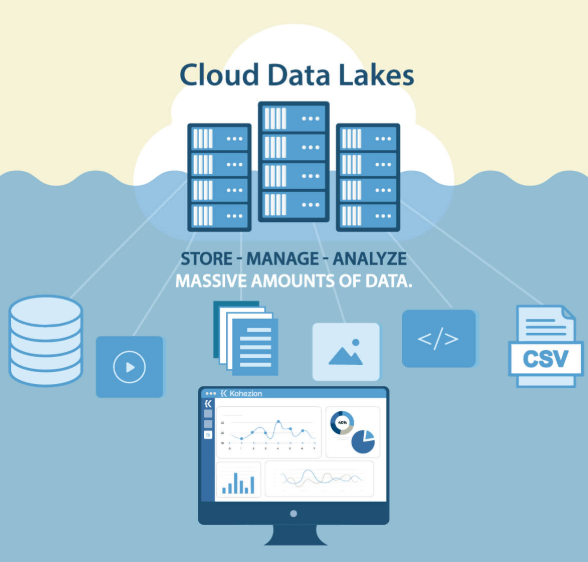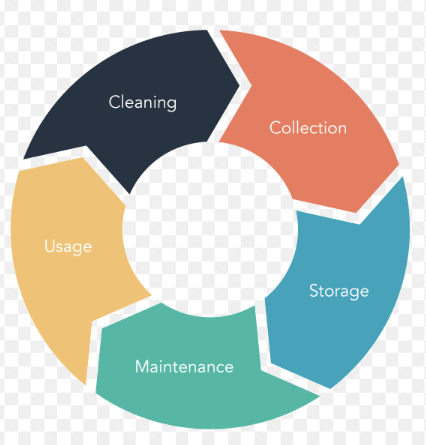
In today’s digital world, unstructured data presents both a huge opportunity and a significant challenge. Making up about 80% of all business data, unstructured data can provide valuable insights. However, its unorganized nature often complicates traditional methods of analysis and management.
Understanding Unstructured Data
Unstructured data encompasses a wide range of content, from text documents and emails to social media posts, videos, and images. Unlike structured data, which is organized in rows and columns within databases, unstructured data lacks a predefined format, making it difficult to categorize and analyze. Despite these challenges, the business value hidden within this data is enormous, offering organizations deeper insights into customer behavior, trends, and operational performance.
The Discovery Challenge
One of the primary obstacles with unstructured data is discovering and cataloging it. With data scattered across various servers, cloud services, and endpoints, manually tracking and organizing it becomes impractical. To address this, businesses need specialized discovery tools that can scan through large volumes of unstructured data, identify sensitive information, and ensure comprehensive governance without overlooking any critical details.
Unlocking Insights through Analytics
Unstructured data may seem chaotic, but within it lies a wealth of valuable insights. By leveraging text analytics, machine learning, and natural language processing (NLP), organizations can analyze unstructured data more effectively. These advanced techniques allow businesses to uncover hidden trends, sentiments, and patterns that drive strategic decisions, giving them a competitive edge in the marketplace.
Managing Unstructured Data Effectively
Managing unstructured data involves more than just storing it. Organizations must ensure that this data remains accessible, secure, and compliant with data protection regulations. Implementing automation and policy-driven management solutions helps maintain the integrity of unstructured data and allows it to be harnessed effectively for business growth and innovation.
Key Tools for Unstructured Data
As the importance of unstructured data has grown, so has the development of tools designed to manage its unique challenges. From discovery platforms to AI-driven content analysis engines, businesses now have a range of solutions to help them navigate the complexities of unstructured data.
AI-Powered Data Discovery
AI-powered discovery tools can scan vast collections of unstructured data, detecting patterns, anomalies, and compliance risks without human intervention. These tools not only simplify the discovery process but also provide continuous monitoring to ensure businesses stay informed about changes in their data landscape.
Semantic Analysis for Deeper Insights
Semantic analysis tools go beyond surface-level text analysis by interpreting the contextual meaning behind words and phrases. This approach helps uncover relationships and themes within documents, making it invaluable for tasks such as e-discovery, customer sentiment analysis, and market research.
Policy-Driven Management
Policy-driven management tools offer businesses a structured approach to managing unstructured data. These solutions enable organizations to define and enforce policies for handling data, such as retention schedules, security measures, and compliance with regulatory standards, ensuring that data governance is robust and scalable.
Selecting the Right Tools
Choosing the right tools for managing unstructured data is essential. It’s not just about the features but also how well the tools integrate into your existing infrastructure and how scalable they are as your data grows.
Aligning Tools with Business Objectives
When selecting a tool, the first step is to clearly define the business goals it should support. Whether the goal is improving data security, enhancing customer engagement, or streamlining business processes, the tool must align with these objectives to be truly effective.
Evaluating Tool Effectiveness
Thoroughly evaluate each tool to ensure it addresses your organization’s specific challenges with unstructured data. Consider its ability to handle large volumes of data, its analytics capabilities, and whether it supports the necessary data management policies. This process should be methodical and comprehensive to ensure the best possible fit.
Ensuring Integration and Scalability
The right tool should seamlessly integrate into your existing systems without disrupting operations. Integration capabilities, both technical and operational, are crucial. Additionally, the tool must be scalable to accommodate future growth without introducing complexity, allowing the organization to continue leveraging unstructured data as it evolves.
Preparing for the Future of Unstructured Data
The world of unstructured data is constantly evolving, and the tools used to manage it must evolve as well. Organizations should look for solutions that offer adaptability, with the flexibility to incorporate emerging technologies and methodologies. Future-proofing your unstructured data management strategy is essential for staying competitive in an ever-changing digital landscape.
Making the Most of Unstructured Data
Organizations that master the management and analysis of unstructured data will unlock a treasure trove of insights that can fuel business innovation and strategic decision-making. By selecting the right tools, implementing best practices, and aligning data management strategies with business goals, companies can position themselves to fully capitalize on the potential of unstructured data.
With the right approach and the right tools, businesses can harness unstructured data to improve customer understanding, drive operational efficiency, and gain a competitive advantage in their industries.
















